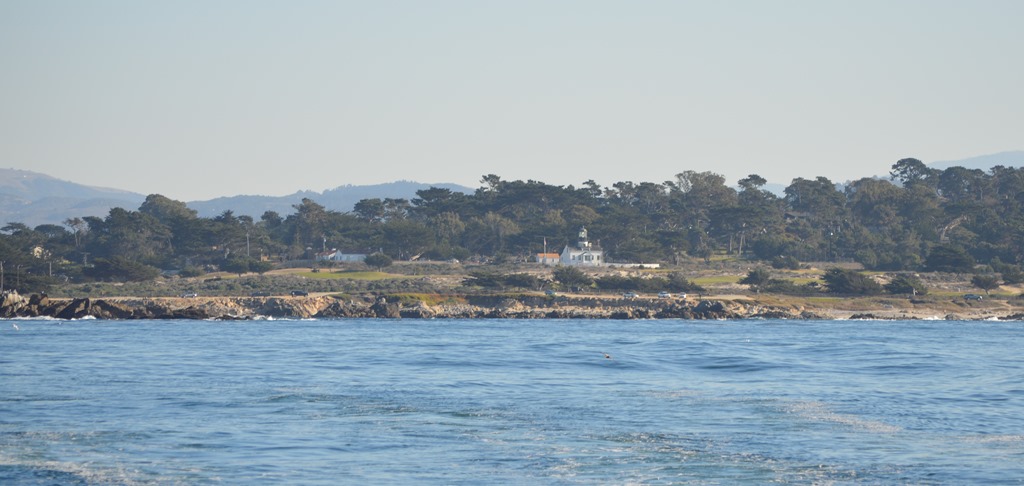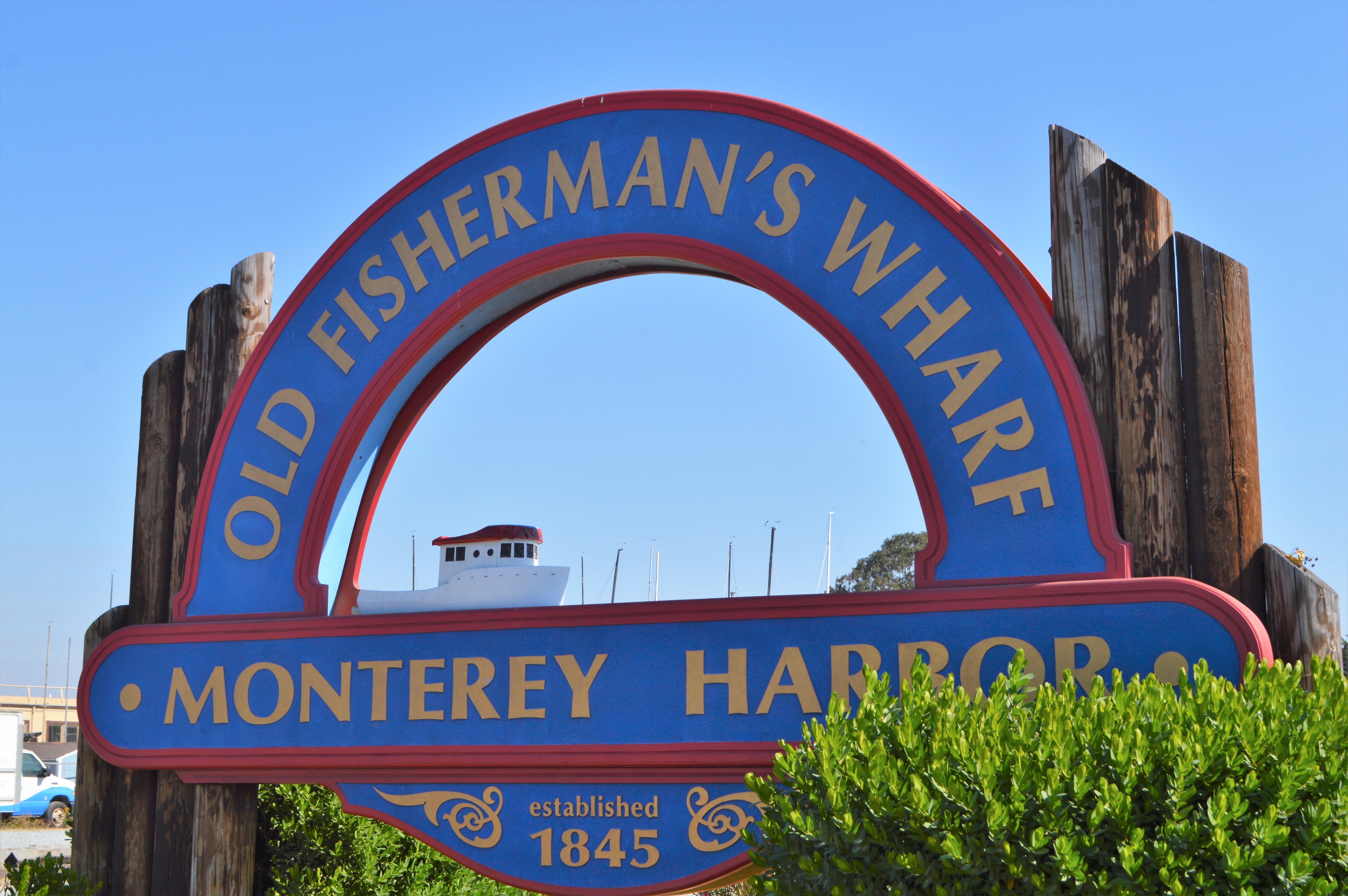November is the beginning of off-season tourism around Monterey, California. Traditionally November means the start of the California rain season where five to six months offer rain showers and potential for major Pacific storms on the Central Coast of California. This year, November simply seems like the sixth consecutive month of dry and warm weather fire season. People who do not live in this part of the USA might find it difficult to imagine a place where rain stays away for about six months each year. 85% of rain showers in the Monterey area happen between November and April.
Early November days, still warm in the low 70s most days along the coast with cold nights and mornings in the 40s, mark the annual return of the four months along the Central California Coast I call ‘pants season’. At least pants for early morning and after sunset hours.

In 1769, Gaspar de Portolá, a Spanish military commander, led the overland Sacred Expedition from Baja (Lower) California to San Diego and Monterey Bay with the intent of establishing Spanish presidios and Franciscan missions along the northern frontier as foothold claims for Spanish rule in Alta (Upper) California. The Spanish claim to California and initial colonization sought to ward off potential British and Russian territorial claims.
2019 is the 250th anniversary of the Portola expedition, the first documented extensive overland exploration of California by Europeans.
Portola followed the Salinas River for 100 miles through the Salinas Valley to Monterey Bay, and not realizing he had reached his destination, then continued north to become the first European to find San Francisco Bay. Realizing he was too far north for Monterey Bay, Portola’s expedition returned and explored all around the Monterey Peninsula in late 1769, and even camped for weeks within a few miles of where the Carmel Mission exists today. But Portola could not reconcile ground observations of the local area with the description from Sebastion Vizcaino’s 1602 sea voyage, when he described Monterey as a safe harbor near the Point of Pines, today’s Point Pinos of Pacific Grove.
Short on supplies, Portola returned to San Diego in January 1770 convinced he had not found the location of Vizcaino’s Monterey. Father Junipero Serra, afflicted with scurvy and swollen legs, had remained in San Diego for Portola’s initial land expedition. Assured they had likely located Monterey and replenished by a supply ship in San Diego, Portola with Father Serra headed north again from San Diego in the spring and established Monterey in June 1770.
Father Juan Crespi published his account of the 1769 land journey along coastal California. Below is a link to a 1927 English version of his Pacific coast explorations from 1769 to 1774. After establishing Monterey, Father Serra sent Crespi on a later exploratory voyage, which sailed as far north as Alaska and back to Monterey.
Fray Juan Crespi : missionary explorer on the Pacific Coast. 1769-1774
Bolton, Herbert Eugene, 1870-1953

A walk to the Monterey Commercial Wharf on an autumn sunny weekday during tourist off-season


























